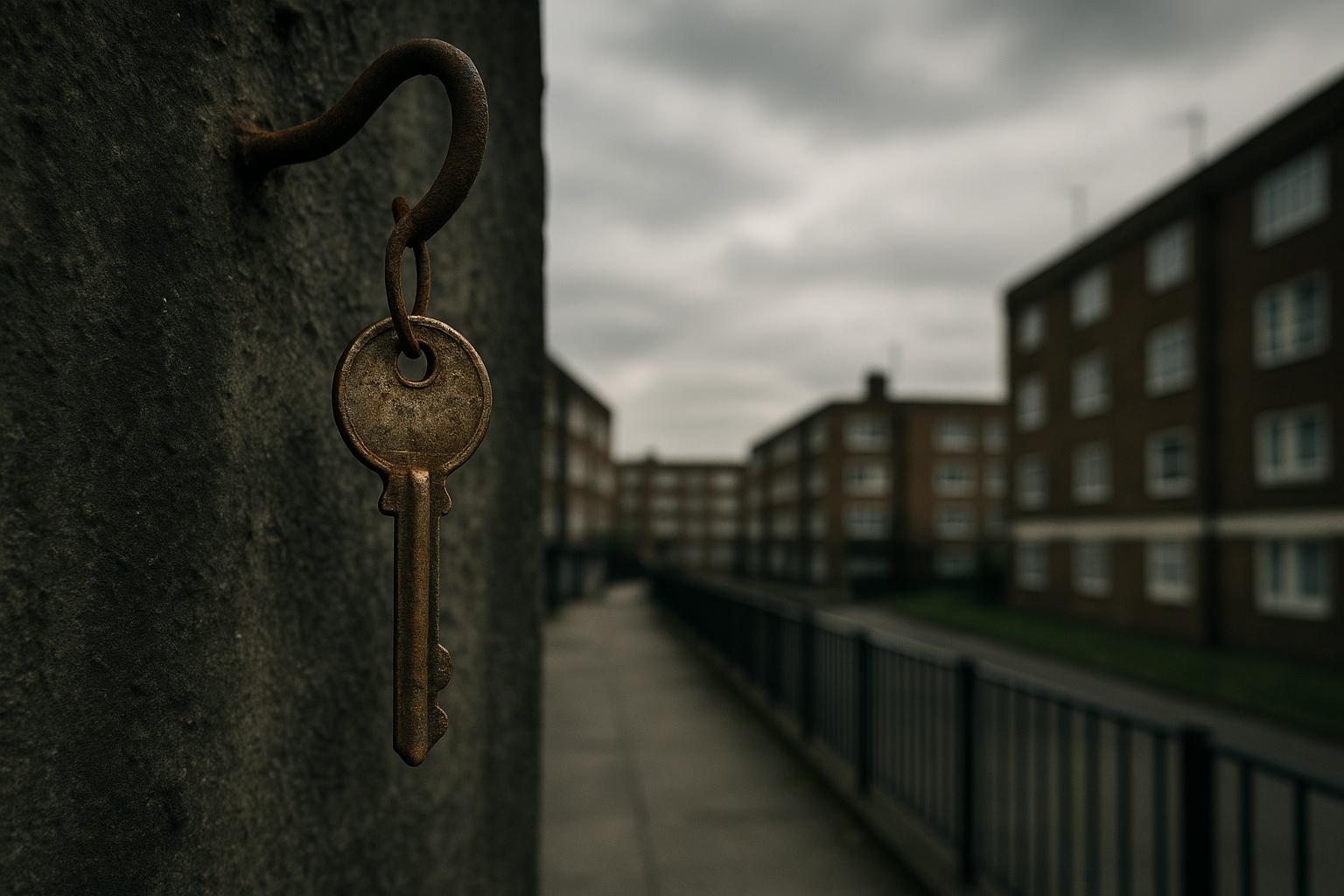Analysis from SimplyPhi’s Q3 2025 Regional Housing Market Report reveals a stark reality for low-income households in England: only 1.7% of private rental homes are affordable to those reliant on Local Housing Allowance (LHA). This leaves a staggering 98% of properties beyond the financial reach of many vulnerable renters. The report highlights an “Affordability Gap,” where average market rents surpass LHA rates across all nine English regions, forcing families into housing insecurity and elevating the risk of homelessness.
The disparity between average rents and LHA rates varies significantly, ranging from £412 to £1,229 monthly across England. In London, the shortfall is the most severe, with average rents hitting £3,095 compared to an LHA rate of £1,796—a gap of £1,299. While this gap has marginally narrowed by £120 from the previous quarter, only 1% of the capital’s nearly 26,000 rental properties meet LHA affordability criteria. The available affordable properties have also decreased by 10% compared to the last quarter, further constraining housing options for low-income renters.
SimplyPhi attributes the modest narrowing of this gap in some areas not to policy improvements but rather to a slight easing of rental growth. Since April 2024, LHA rates have been frozen and no longer adjusted to reflect the 30th percentile of market rents, which was their original intent. This freeze is creating what the report terms a “policy-driven poverty trap,” compelling more households into costly temporary accommodation and increasing the strain on local authority budgets.
The London rental market, already under intense pressure, also faces additional uncertainty due to legislative changes such as the Renters’ Rights Bill, tax modifications, and the planned abolition of Section 21 eviction notices. These factors have contributed to a 5% drop in rental listings in the capital, tightening supply further and pushing rents higher.
The scale of the affordability crisis is underscored by rising temporary accommodation usage, with boroughs in London reportedly spending £4 million daily on such provision. Omar Al-Hasso, CEO of SimplyPhi, emphasises that the crisis is intensifying rather than easing. He calls for urgent systemic intervention and coordinated, large-scale solutions involving institutional investment to strengthen the supply of affordable homes and close the affordability gap.
Data from related analyses support these findings, with similar research showing that average rents exceed LHA by at least £417 nationally, and by as much as £1,349 in London earlier in 2025. The situation is compounded by a declining Private Rented Sector, as more landlords exit the market, leading to reduced supply and upward pressure on rents. Furthermore, reports from organisations like Crisis reveal a decline in properties affordable on housing benefit, with only 8% of rental listings presently affordable to LHA recipients, down significantly in recent months.
Government figures from the Office for National Statistics indicate that private renters in England spent on average over 36% of their income on rent in 2024, exceeding the widely accepted affordability threshold of 30%. London's ratio was notably higher at 41.6%, confirming its status as the least affordable region.
Social housing experts and housing market commentators agree that local authorities are increasingly reliant on temporary accommodation due to the shortage of affordable rental homes, placing additional financial and social pressures on already stretched services. The consensus highlights that without a major policy shift—including reinstating LHA rates that reflect market realities and expanding affordable housing provision—the affordability crisis will deepen, pushing more families into precarious living conditions.
In summary, SimplyPhi’s Q3 2025 report paints a sobering picture of England’s private rental sector, where systemic barriers continue to widen the affordability gap. This crisis disproportionately impacts low-income households reliant on housing benefits, demanding urgent, multi-stakeholder solutions to halt the trajectory towards increased homelessness and housing precarity.
📌 Reference Map:
- Paragraph 1 – [1] (The Intermediary)
- Paragraph 2 – [1] (The Intermediary), [4] (Estates Gazette)
- Paragraph 3 – [1] (The Intermediary)
- Paragraph 4 – [1] (The Intermediary)
- Paragraph 5 – [1] (The Intermediary), [2] (SimplyPhi Q2 Report)
- Paragraph 6 – [1] (The Intermediary), [2] (SimplyPhi Q2 Report), [3] (SimplyPhi Q2 Report)
- Paragraph 7 – [2] (SimplyPhi Q2 Report), [7] (Crisis)
- Paragraph 8 – [5] (ONS)
- Paragraph 9 – [4] (Estates Gazette), [7] (Crisis)
- Paragraph 10 – [1] (The Intermediary), [2] (SimplyPhi Q2 Report), [4] (Estates Gazette)
Source: Noah Wire Services
